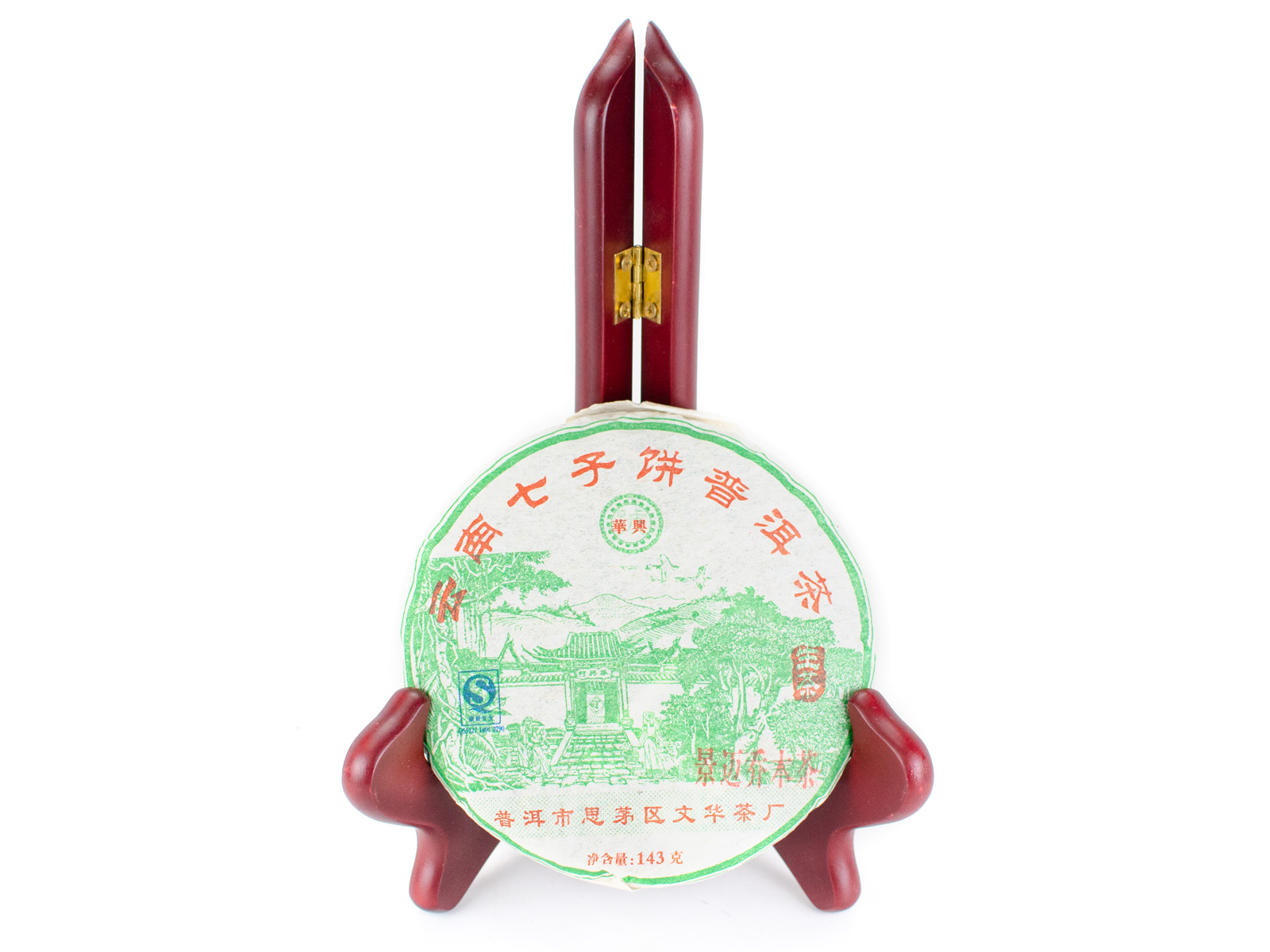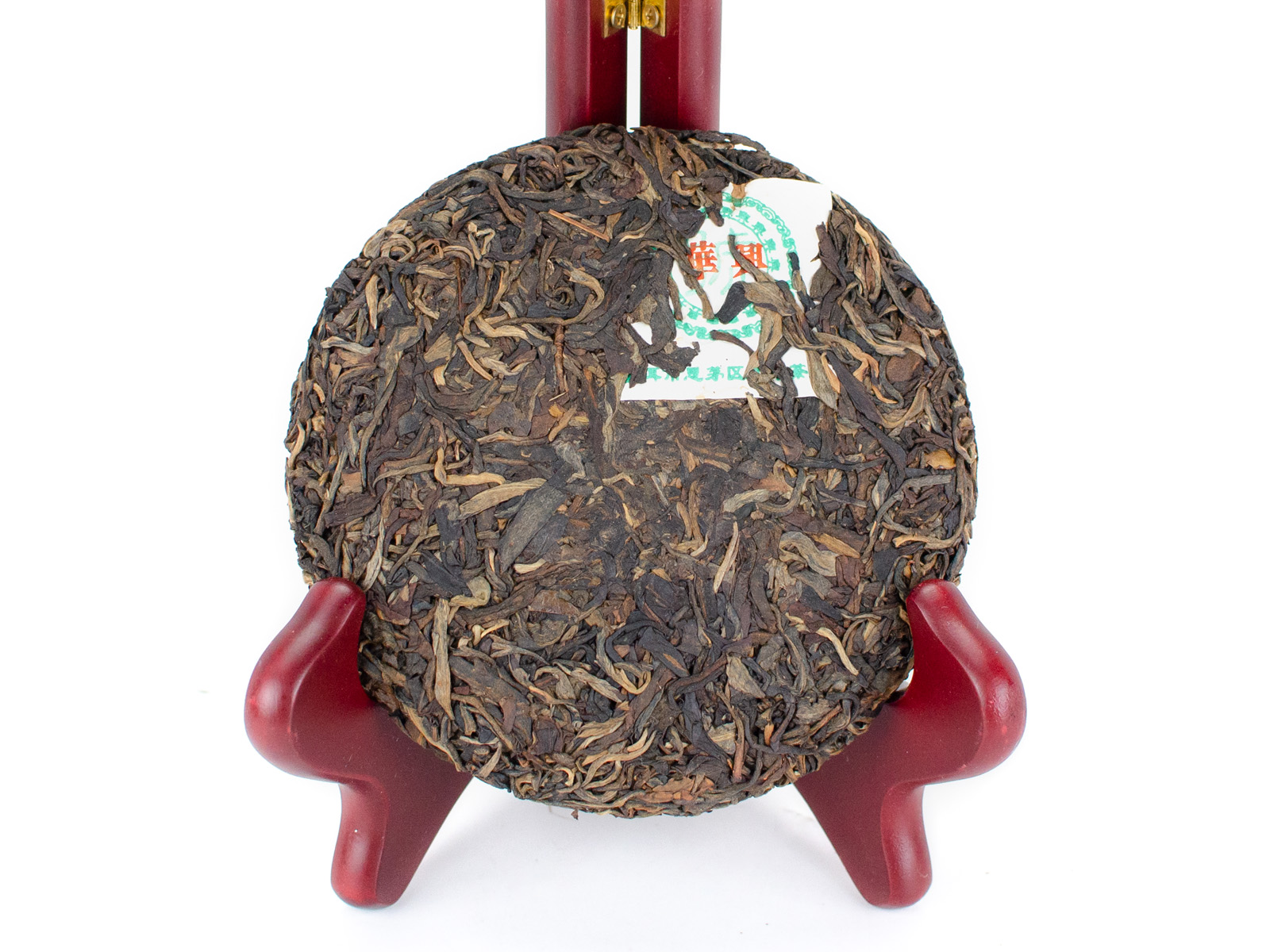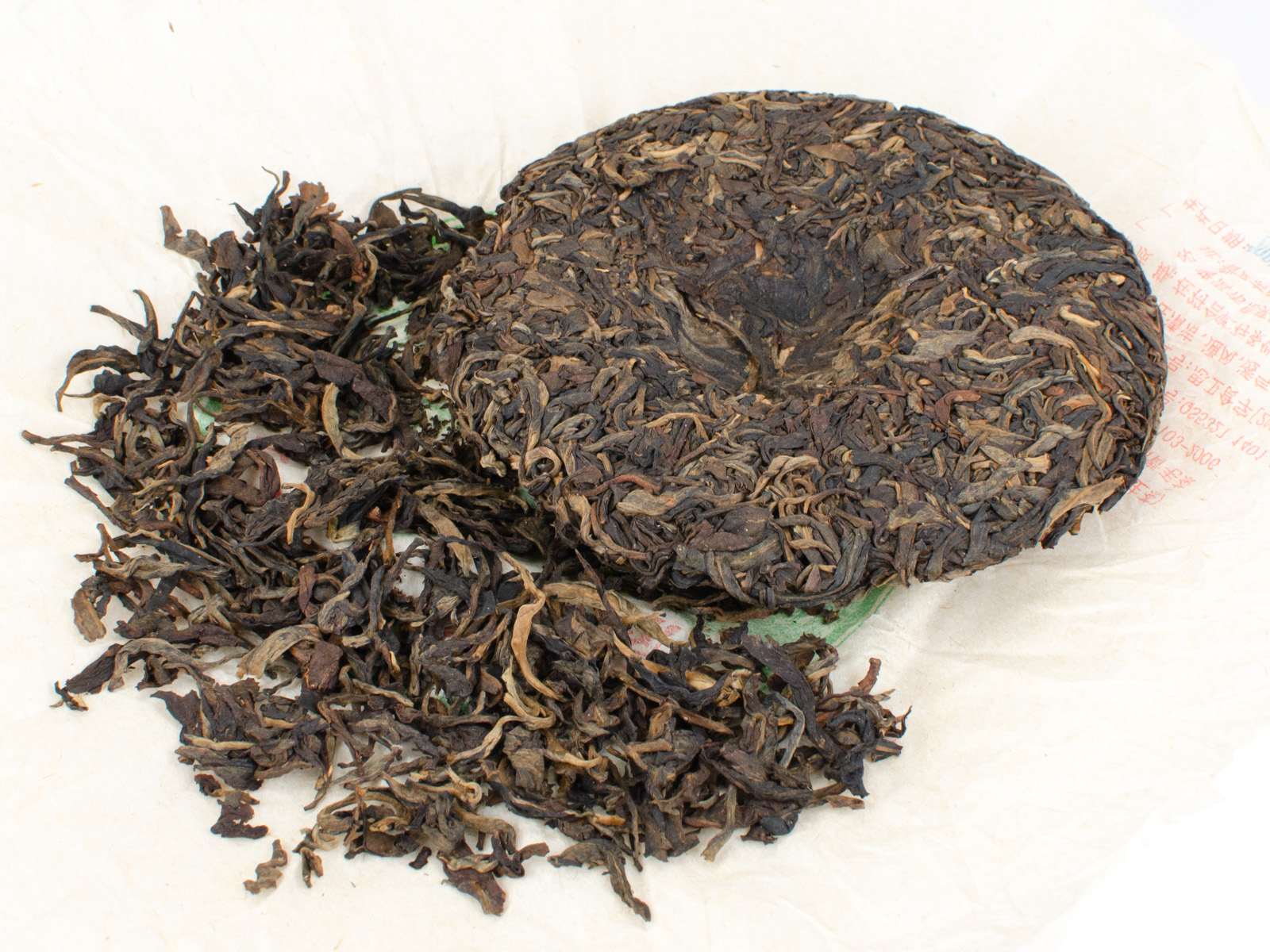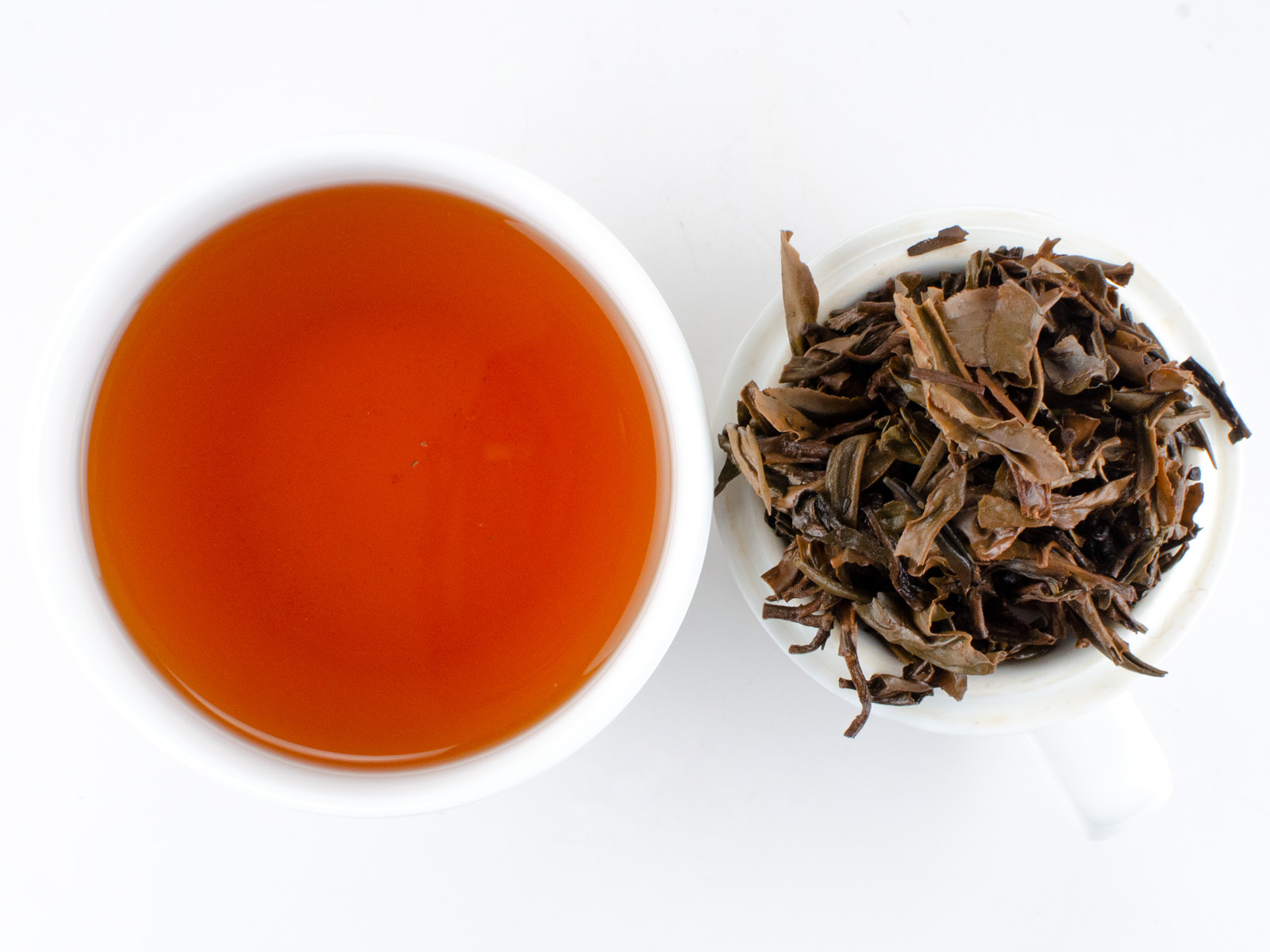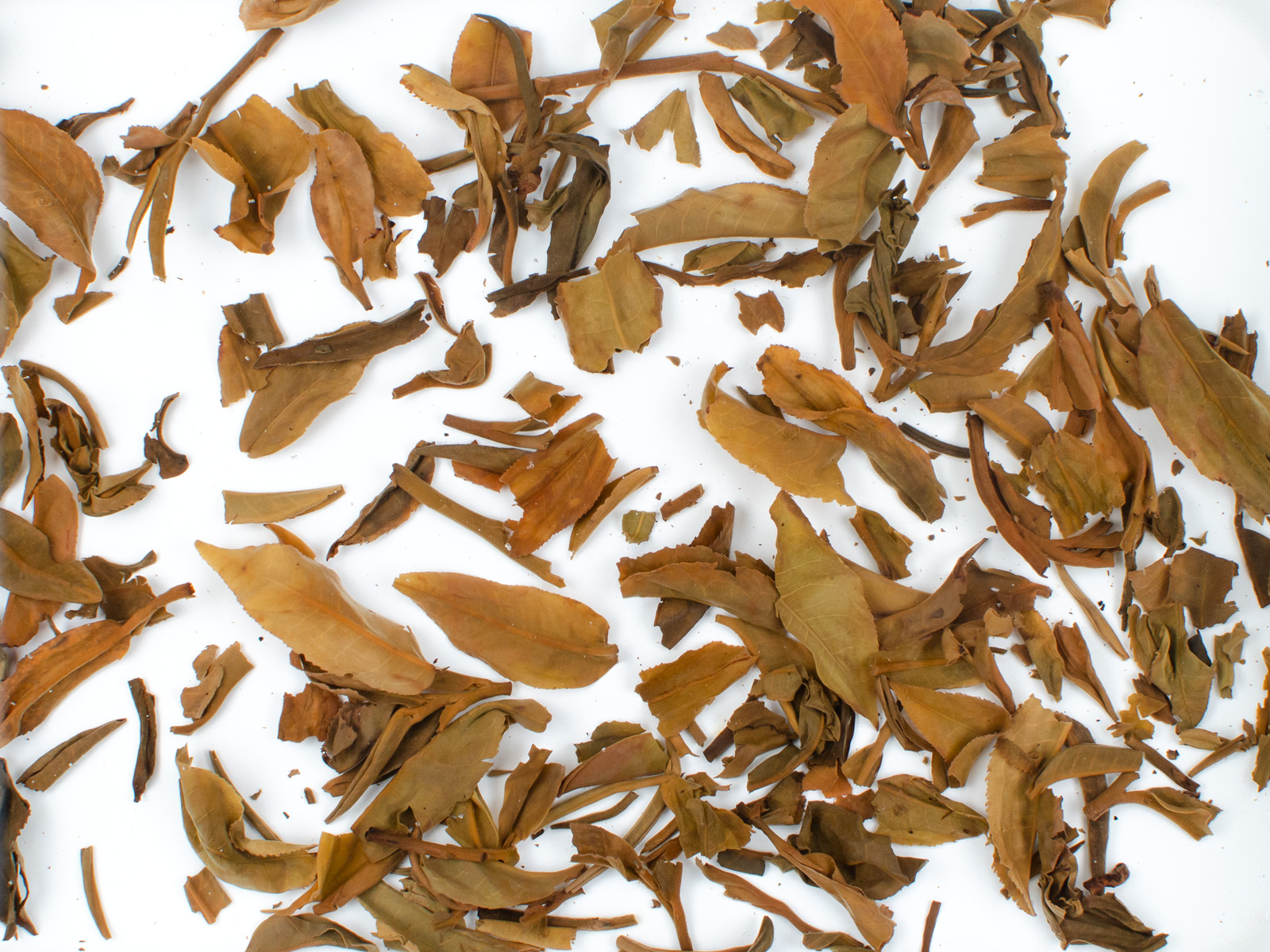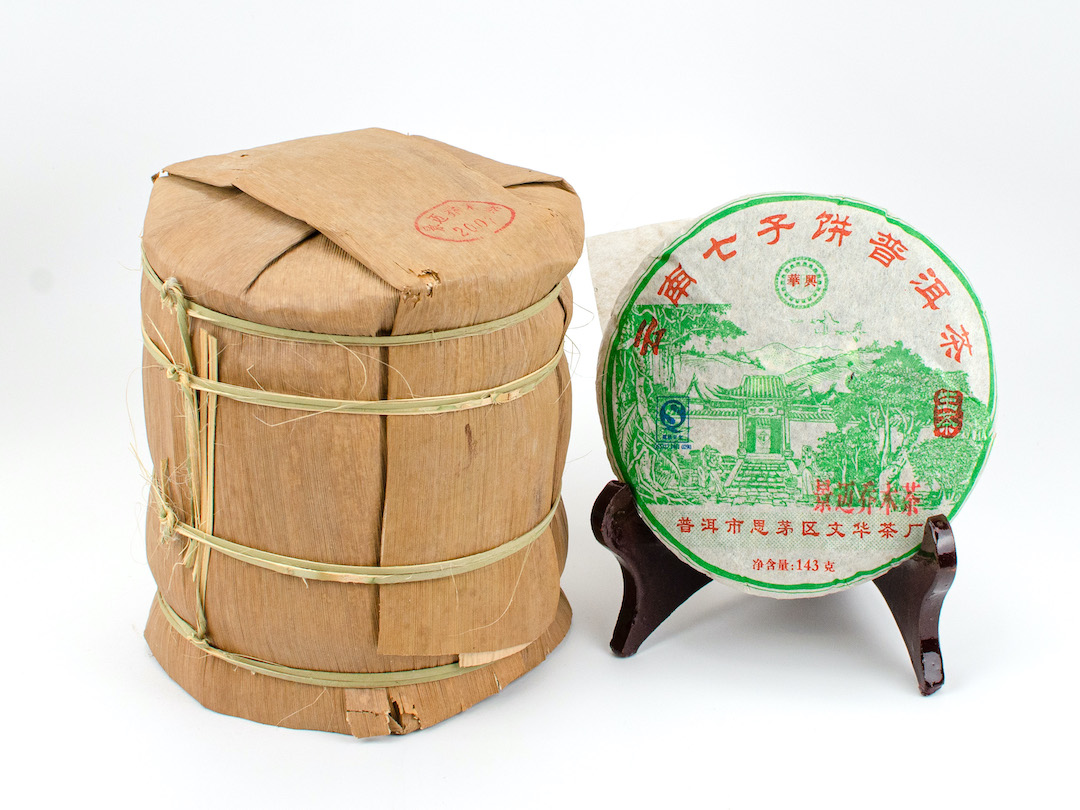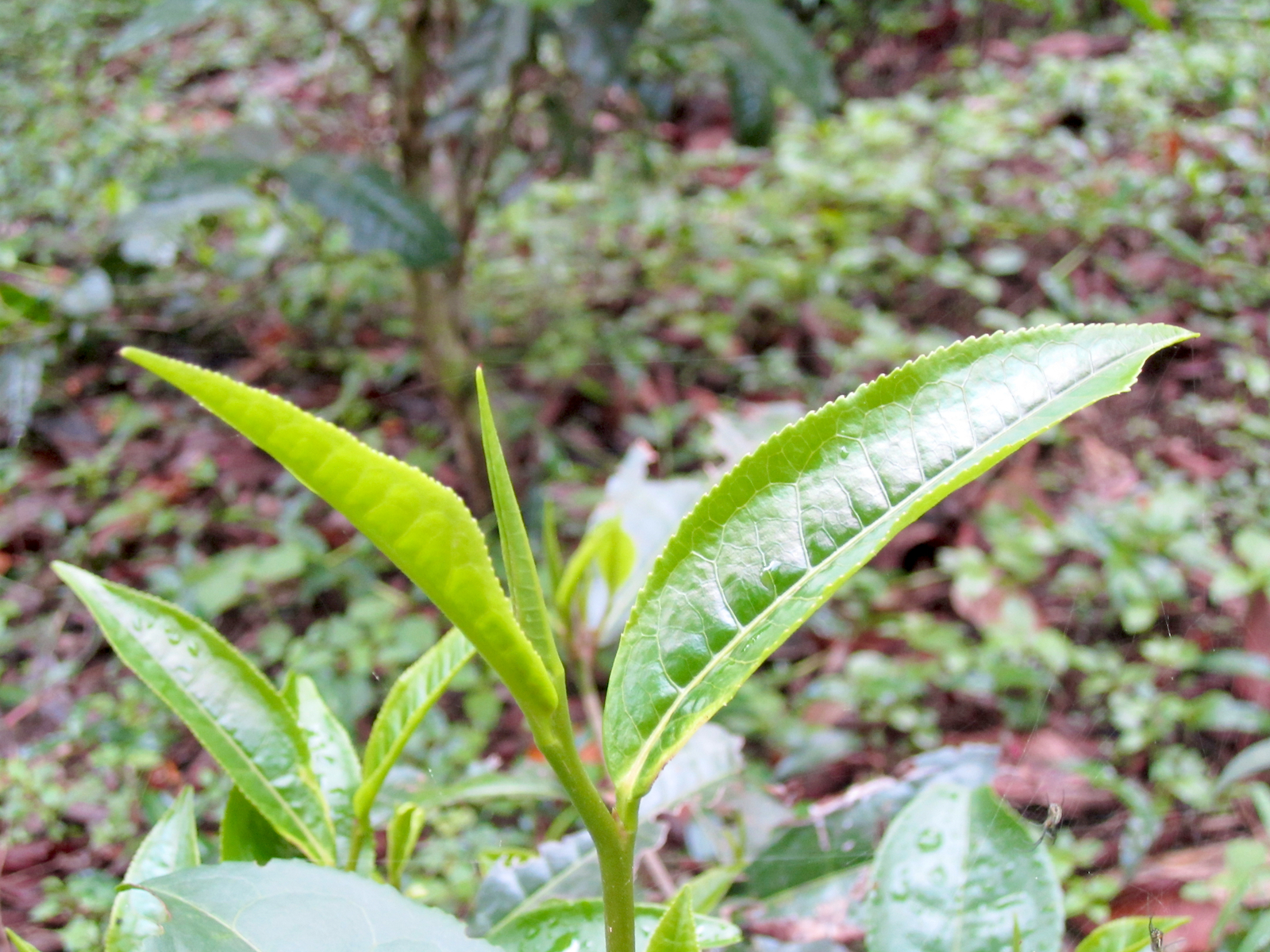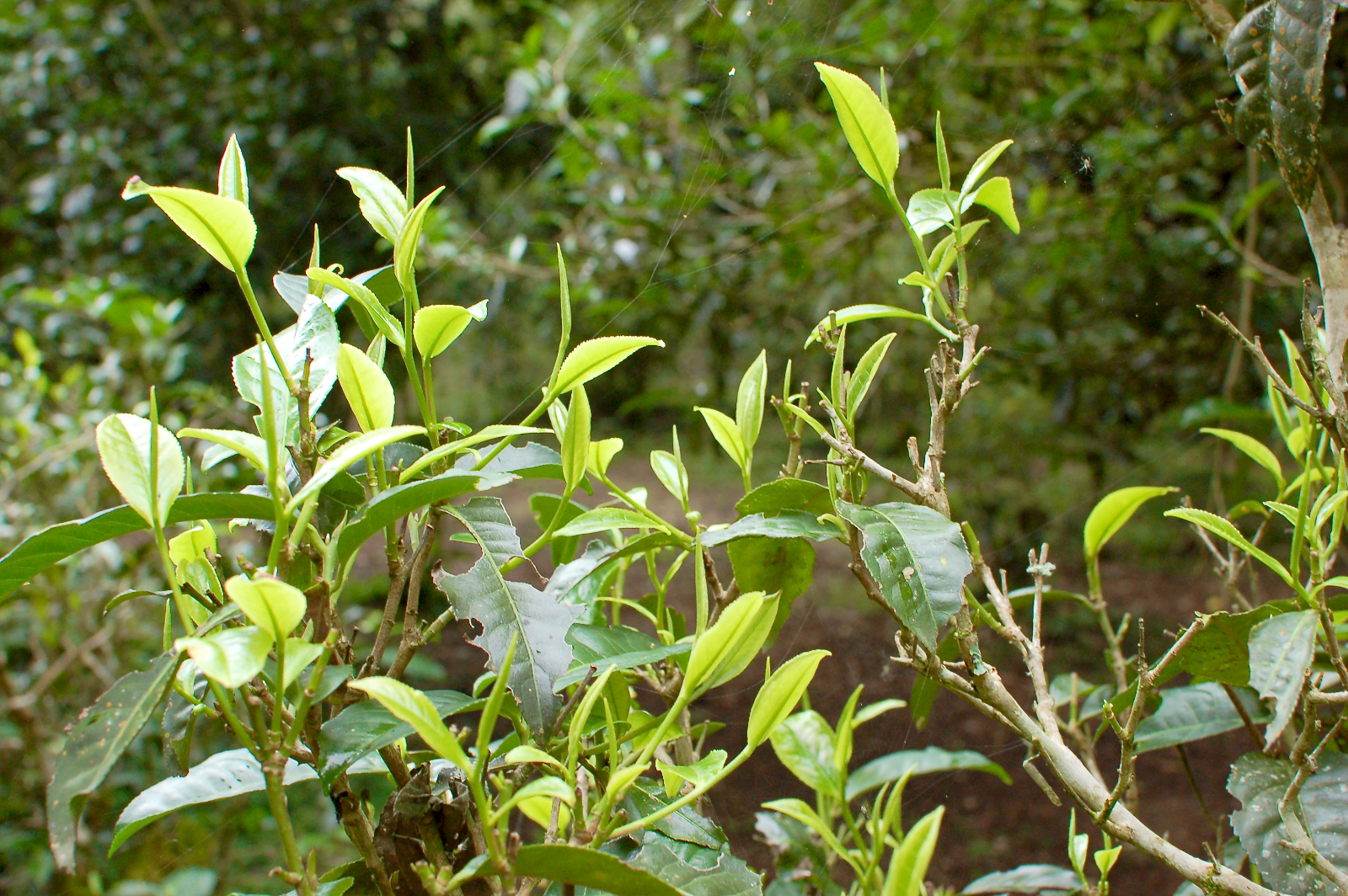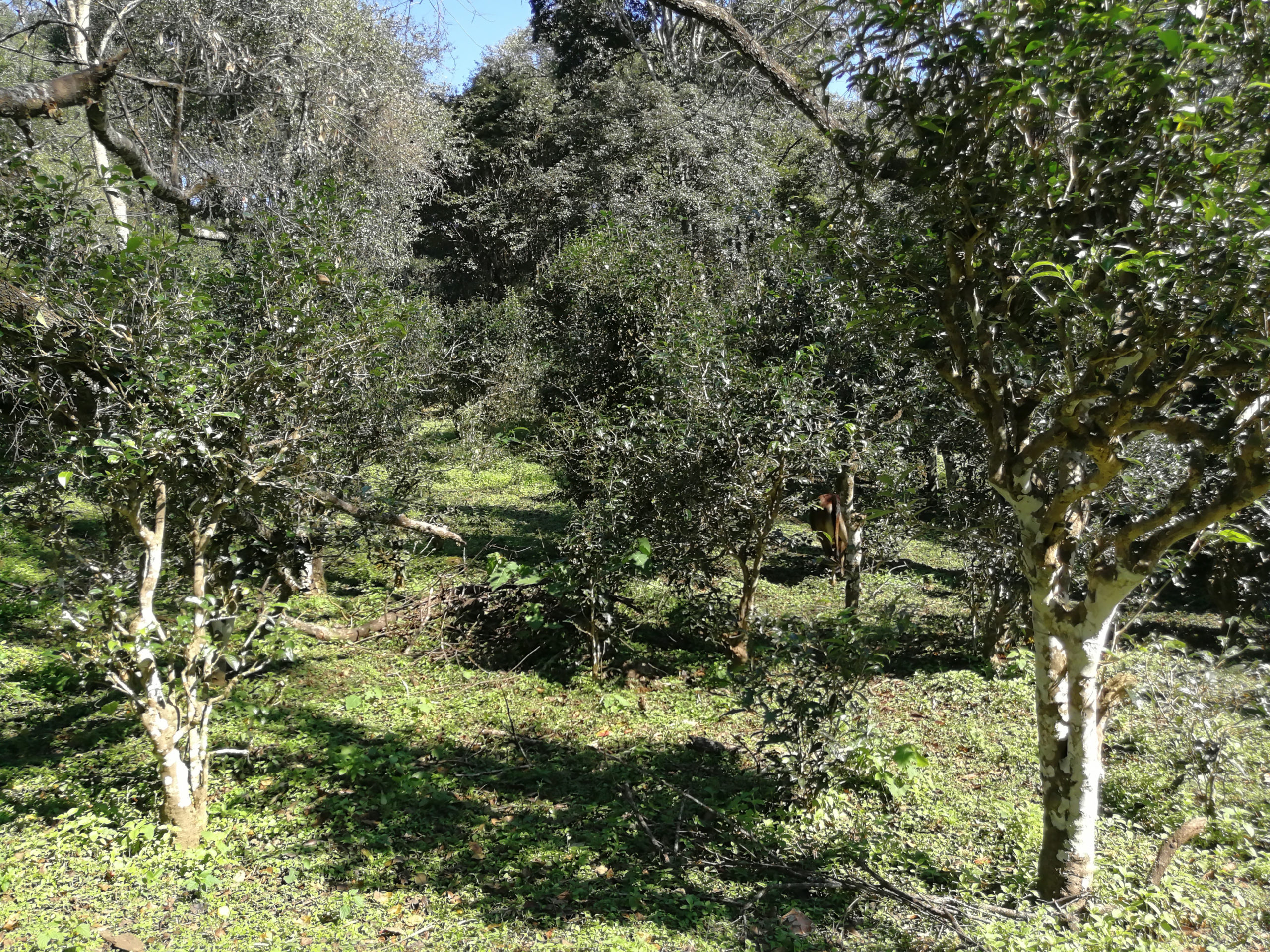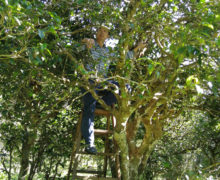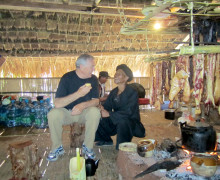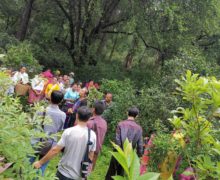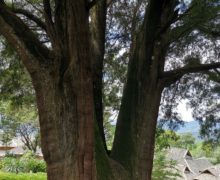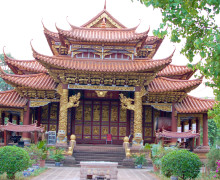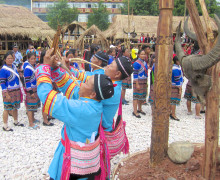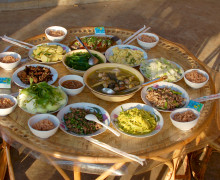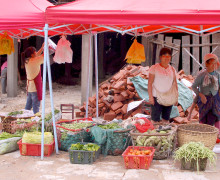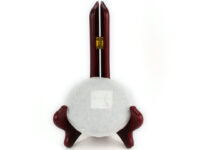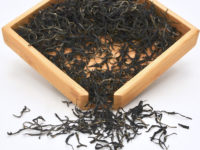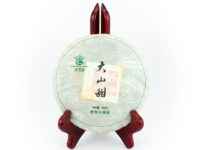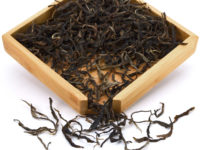Jingmaishan (Jingmai Mountain)
Sheng Puer Cake 143g 2007
This Jingmai sheng puer tea cake is made from old-growth tea trees in the mountain highland rainforests of Lancang. 15 years of aging in Kunming has greatly reduced its astringency and developed a natural aged flavor. The resulting tea’s infusion has ambered with age and developed a soft and sweet finish with notes of dried mandarin orange peel.
Available at a discount when you buy a full stack of 7 cakes (details below).
$145.00
13 in stock
- Tea Origin
- Jingmaishan, Pu'er City, Yunnan Province, China
- Tea Bush
- Yunnan Daye Quntizhong (Yunnan Large Leaf Heirloom Tea Tree)
- Tea Maker
- Gong Liping and Ran Yijun
- Harvest Time
- Spring
- Plucking Standard
- One bud, two leaves
This Jingmai sheng puer tea is made from old-growth tea trees in the mountain highland rainforests of Lancang. While it remains as full-flavored and powerful as a fresh sheng puer, 15 years of aging has reduced its astringency to nothing and developed a natural aged flavor (chenwei) from proper warehouse storage. The resulting tea’s infusion has ambered with age and developed a soft and sweet finish with notes of dried mandarin orange peel and bitter orange jam. Puer tea drinkers often hold that Jingmai tea changes the fastest when aging sheng puer in storage.
Naturally forest-grown mature puer tea trees
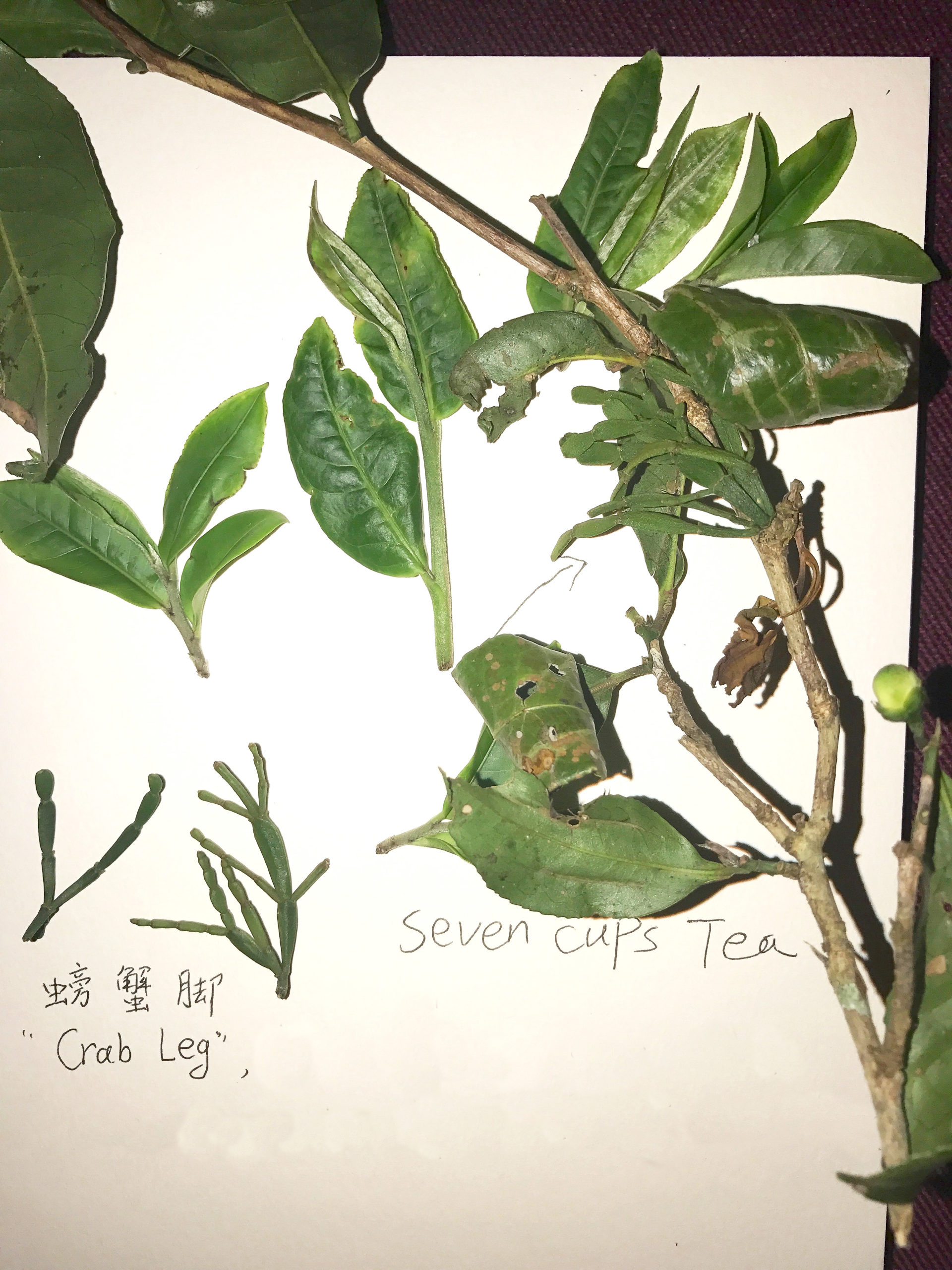
The tea trees whose leaves are used to make this puer grow in their natural rainforest environment in Jingmai. The rich biodiversity of Jingmaishan is especially evident in the early summer months when the air is thick with the fragrance of wildflowers. When the tea plants yield in the spring and the forest is blooming, they absorb a complex floral aroma that persists in the tea itself.
Jingmai’s old-growth tea trees often host the unique parasitic plant pang xie jiao (“crab leg”) named for its jointed appearance. This plant has been used by tea farmers since ancient times as a cooling herbal remedy to reduce inflammation. It largely grows only on mature tea trees.
Mountain origins in Jingmai
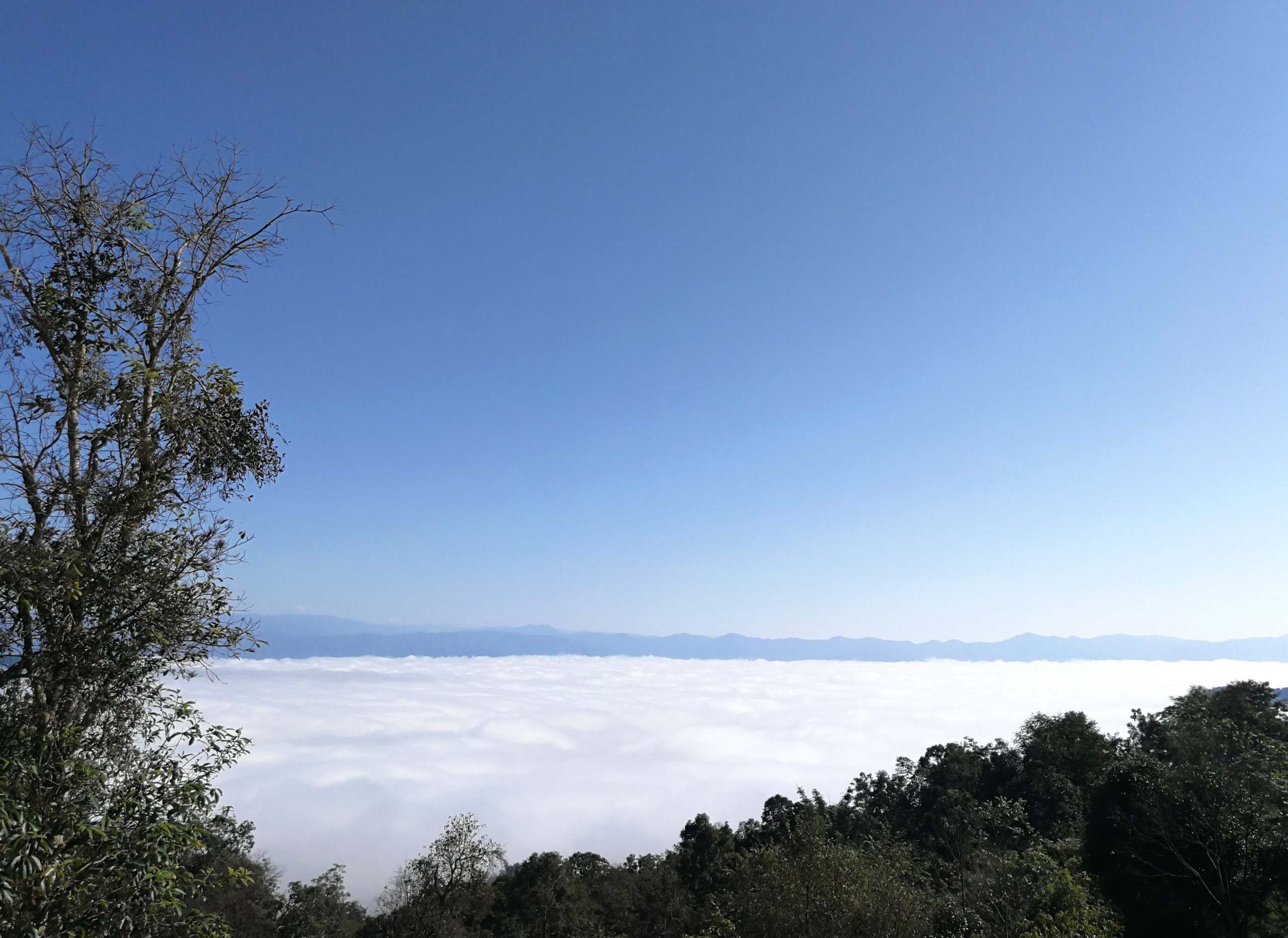
Jingmaishan (Jingmai Mountain) is situated along the Lancang (Mekong) River, between Xishuangbanna, Pu’er City and the Myanmar border. It is mountainous and thickly forested with a perennial “cloud ocean” surrounding its peaks. It has an average altitude of 1400 meters (4600 feet). In its lower regions, terraced tea gardens were developed by the government in this area in the 1960s.
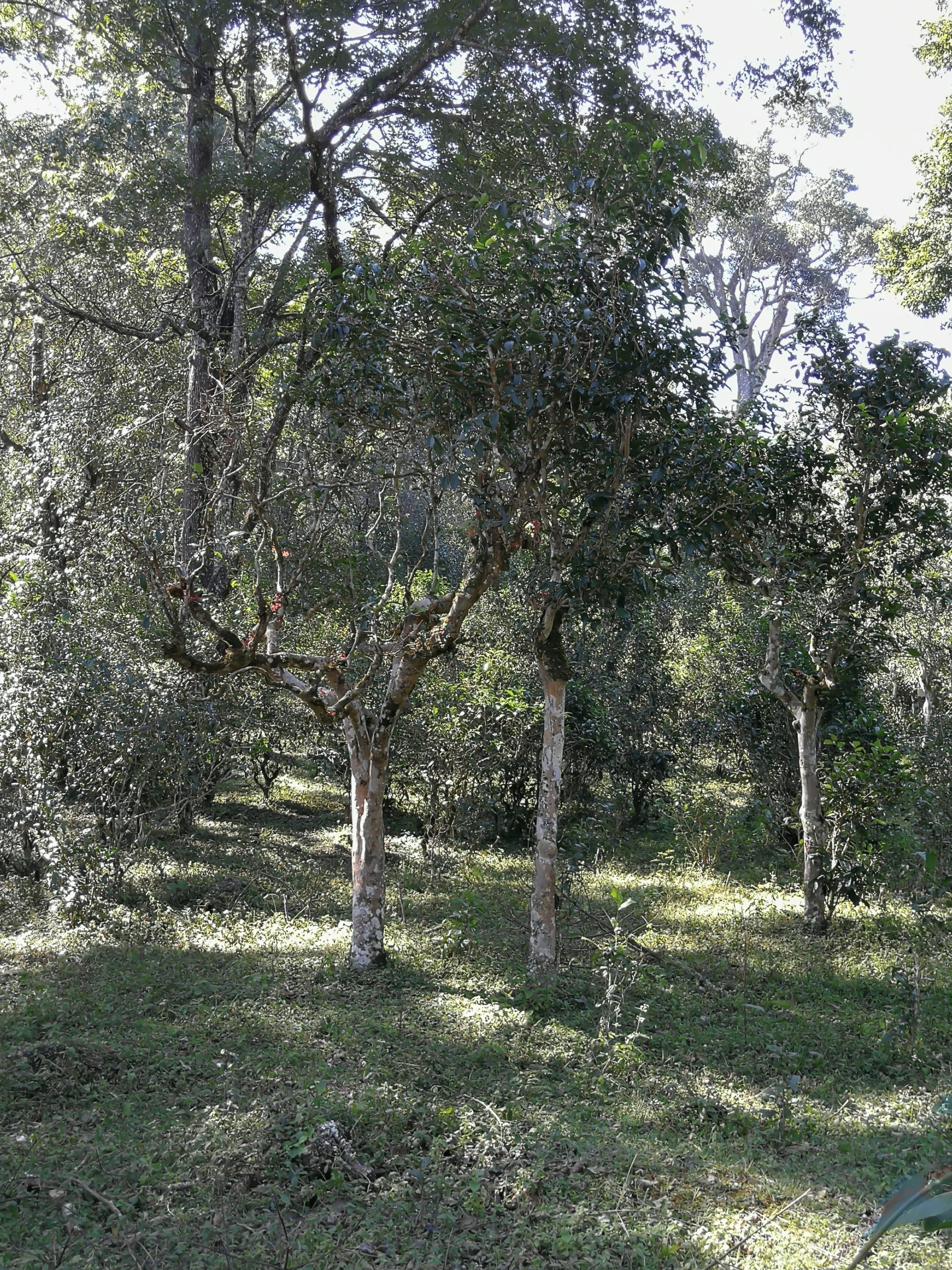
Jingmai is one of the core production areas of the puer tea industry in Yunnan. The Dai, Bulang, Lahu, Wa, and Hani ethnic minorities have cultivated tea here for thousands of years. As a result, this mountainous region has the largest and densest population of old-growth tea trees in the province. It used to take 10 hours to drive to Jingmai from Kunming, the capital of Yunnan Province. After the construction of the Jingmai Airport in 2017, the many tea merchants who need to travel there can now do so in 50 minutes by plane. Even so, due to the prolonged drought in Yunnan, Jingmai’s tea has become more and more rare.
Processing Jingmai sheng puer
Like most sheng puer, this tea is harvested early in the day, naturally sun-withered for a few hours, and then fried at low temperature in a wok. This low-temperature frying fixes the leaves without completely destroying all the enzymes in the leaf. Over time, these enzymes are what cause puer tea to oxidize and develop new flavors as it ages.
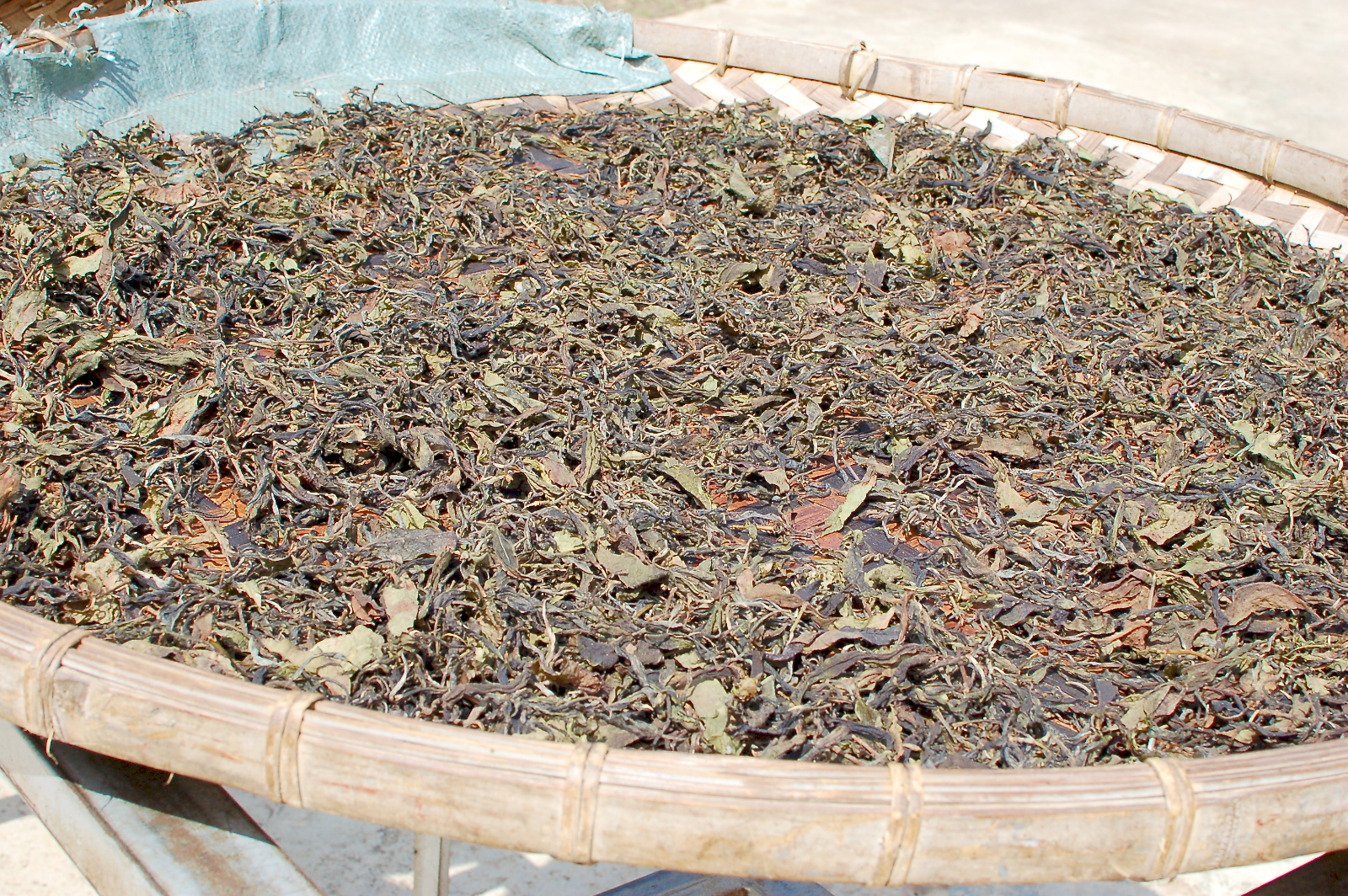
After frying, a small broom made from local brush is used to sweep the tea leaves from the wok on to a large bamboo tray to cool. The leaves are then twisted and rolled by hand in the traditional method instead of kneading by machine. During the kneading, a lot of moisture is released from the tea. Squeezing out the juice can help reduce bitterness in the processed tea.
The shaped leaves are thinly spread on the bamboo trays again and dried under the sunshine for 1-3 days, depending on the weather. The weather in Yunnan changes often, so some farmers have built sun rooms that still allow sunshine to continue drying the leaves. If the leaves are rained on, they will become moistened and create mold. Tea masters must be very attentive to supervise the process to make good tea. After the drying process is complete, the twigs and unfolded leaves are sorted out of the tea. The whole finished leaves are put into fabric bags and stored for buyers as mao cha. Some farmers will compress cakes themselves, but not everyone has the skills and factory to do so. Traditionally the classic round puer cake disk weighs 357 grams, but many use 400 grams as a standard size these days, as well as many miniature sizes like this 143 gram cake.
The long tradition of tea making in Jingmai
There is a 1,300 year history of tea cultivation in Jingmaishan, primarily grown by the Bulang, Dai, and Wa ethnic groups. All of the villages throughout the mountains share tea as their livelihood and work in cooperation. The Bulang people in particular are known for using the image of an opening tea bud as the totem carving that adorns their architecture. Tea is deeply rooted in people’s lives, livelihood, and spiritual culture and serves purposes in everything from marriages to meetings with friends to making offerings.
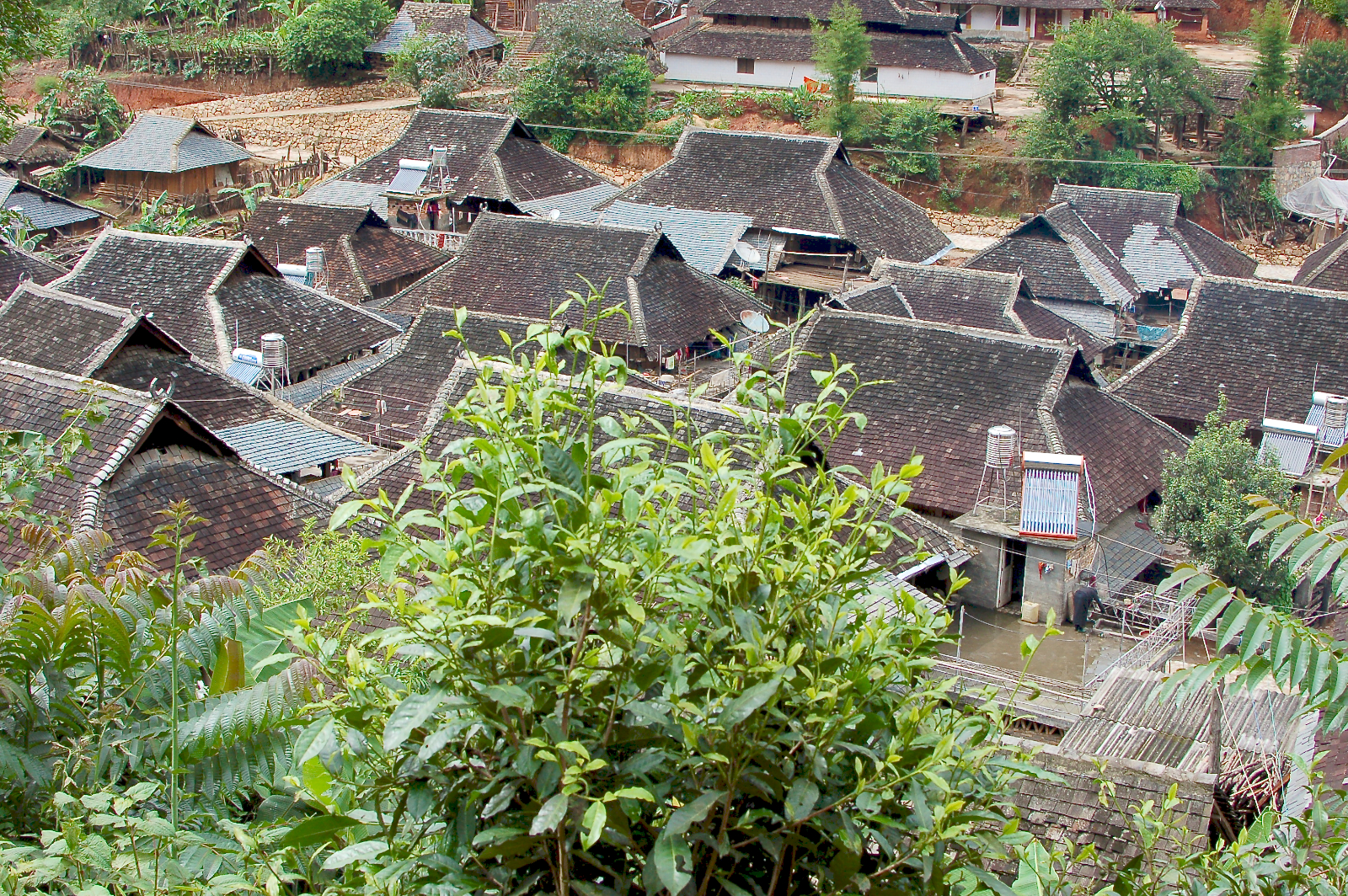
Every year these villagers will plant new tea bushes from seeds for future generations which will become yielding bushes within three years. These efforts to propagate new tea bushes year after year is vital to supplement the trees that naturally die or are slowed in their growth. This is method of agriculture is a far cry from the large commercial tea fields of uniform bushes growing in a line without other plants nearby. As a result, depending on where their seeds are sown and how the contours of the forest develop around them, these tea bushes yield and grow differently. We encountered a two or three hundred year old tea bush that was less than four meters tall, caught in the shade of a mammoth and much younger camphor tree, competing for its nutrients.
No chemical fertilizer, pesticide, or herbicide was used in the production of this tea. Click here to read more about our promise to fair trade and the environment.
Total cake weight may vary due to the gradual moisture loss with aging.
Full Stack Discount
This puer cake traditionally comes in a stacked tong of 7 cakes tightly wrapped in bamboo for transport and storage. If you’re looking to buy in bulk, tongs of Jingmaishan (Jingmai Mountain) are available to you at a 5% discount in their original bamboo packaging. To get this full tong discount, add the seven (7) Jingmaishan cakes to your cart, then click the 5% discount coupon that appears on the bottom of the cart page (or the top of the checkout page).
The bamboo wrapping of the tong protects the tea cakes from breakage and insulates them from external odors and excess moisture while remaining breathable. To open a tong, untuck the ends of each individual bamboo tie from the loop below it, then untwist the two ends from each other. The single knot in the tie can then be undone. Then it will easily loosen and come unwound from the tong. Your individually paper-wrapped puer cakes will be inside.

